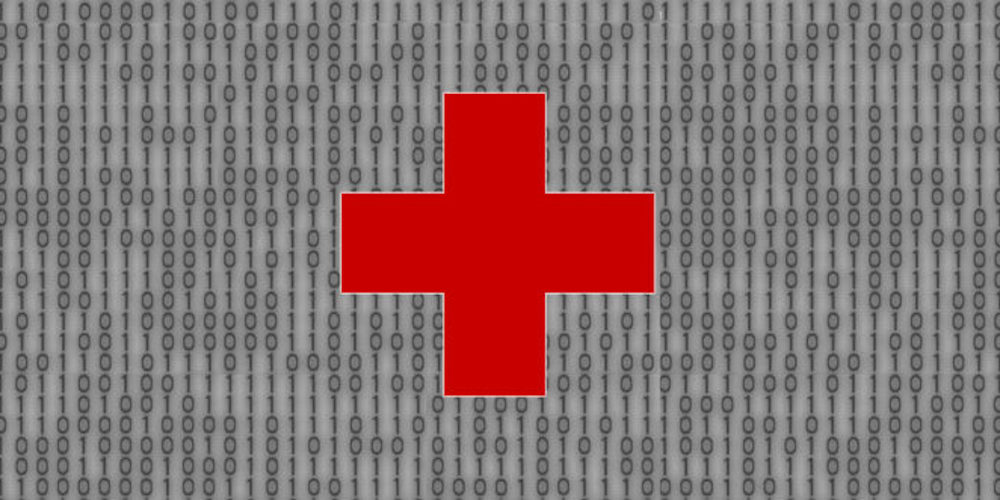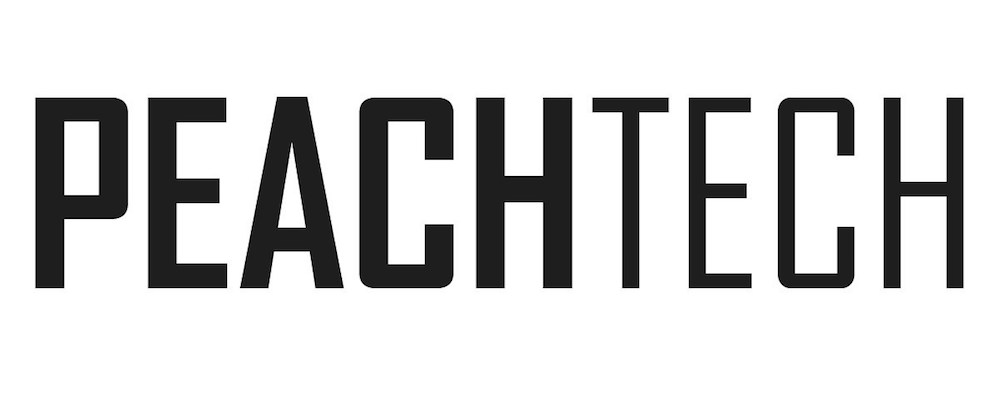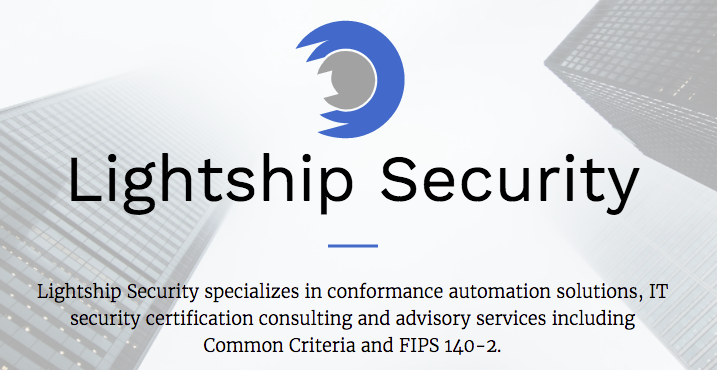It had been almost two years since NIST SP800-90B, draft 2 was released. When the final special publication was released on January 10, 2018, we hadn’t expect it to change as dramatically as between draft 1 to draft 2. After a cursory review, it would appear there are only minor changes to the quantitative elements. With the new published status, we will expect many Common Criteria schemes — if they don’t already — to soon mandate quantitative analysis of the raw entropy source.
While SP 800-90B was in draft form, North American schemes (NIAP and CSE) have permitted labs to evaluate a quantitative analysis (if available) or a qualitative analysis of a vendor’s entropy source. Qualitative analysis is usually relied upon when raw entropy is not easily obtained (such as from hardware sources or from closed-source systems), but is often onerous to author and often inefficient to get through evaluation. By contrast, quantitative analysis can bypass significant discussions on the merits of otherwise opaque hardware and software constructs and quantify the raw entropy as a single number. In this technical post, we will discuss one structured approach to quantitative analysis of a raw entropy source.










